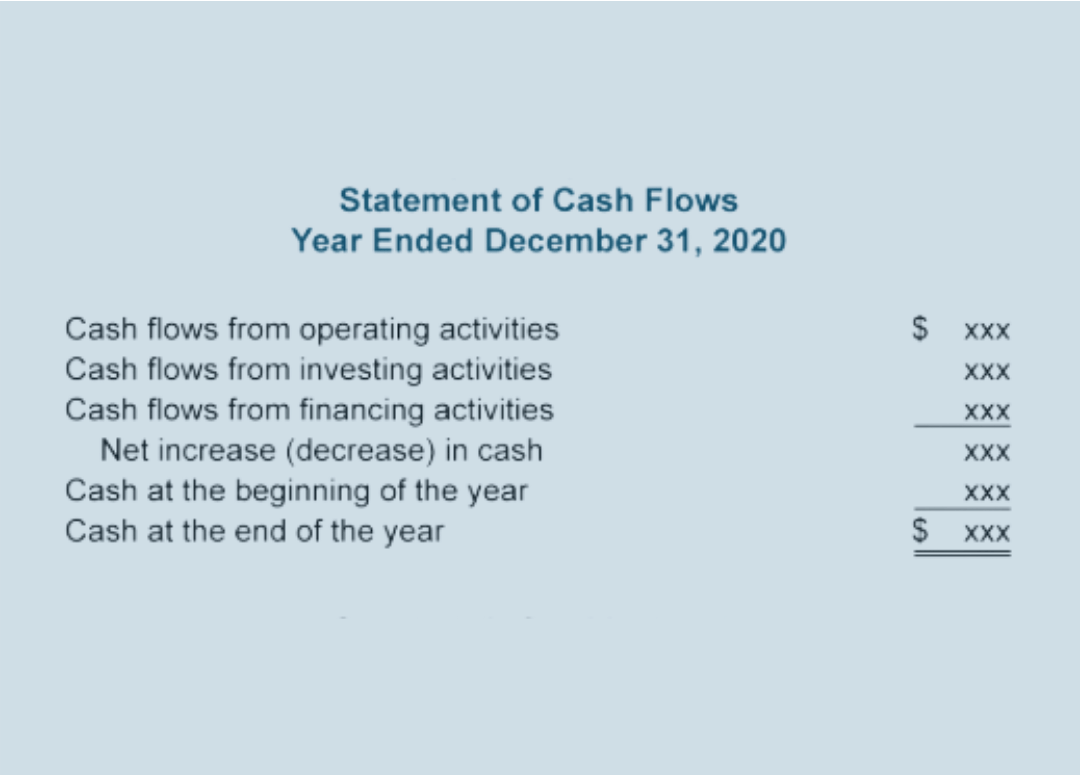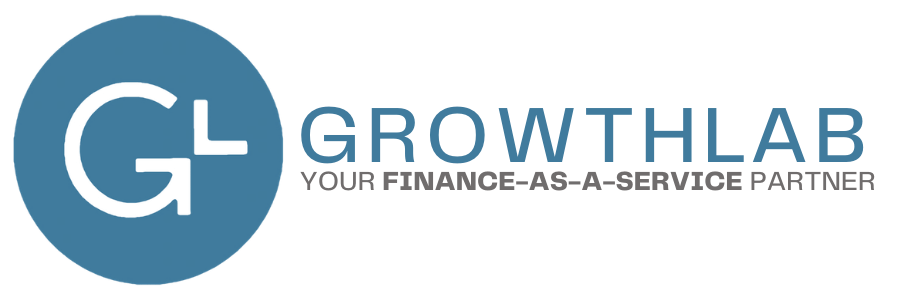Steps to Calculating Indirect Operating Cash Flow
Operating cash flow refers to the cash you produce from your operations and business activities. If you use the indirect method to calculate it, you begin with your net income and then begin to add on depreciation and/or changes in receivables and inventory. Most businesses and investors prefer it over the direct method, which shows the inflows and outflows of your bank account.
Operating Cash Flow Formula
Operating Cash Flow =
Net Income (Revenue – Cost of Sales)
+ Depreciation
+/- Change in Working Capital
+/- Non-cash Transactions
Five Steps you Need to Take to Calculate Indirect Operating Cash Flow:
Net Income
Calculate your net income, which is a simple measure of your revenues minus expenses, interest, and taxes. You can look at the accrual net income figures on your income statement to do so.
Non-Cash Expenses
Non-cash expenses do not involve a cash payment and reduce earnings rather than cash flow. These may include depreciation, amortization, or things like prepaid expenses. Take your non-cash expenses and add them back in.
Working Capital
Working capital is the money you have to meet your current, short-term obligations. It’s your current assets minus your current liabilities. Look at accounts receivable, inventory, accounts payable, and other changes in your working capital. This can give you an idea of how much of your cash flow differs from your net income.
Other Non-Cash Expenses or Customer Deposits
Include any customer deposits or other non-cash expenses that you did not account for on your income statement.
Operating Cash Flow
Now comes the tricky part. Use the formula and put everything together. Take your accrual net income plus depreciation and subtract your change in accounts receivable, change in inventory, and change in accounts payable. Then add any non-cash expenses and subtract any customer deposits.
HOW WE CAN HELP
We offer a wide range of services to meet every type of businesses financial planning needs.
13-Week Cash Flow
Short-term cash flow is managed with a 13-week cash flow, which provides a structured method of reviewing all your vendor payments and customer receipts, week by week for the next 13 weeks.
Long-Range Model
Business modeling, or long-range planning, is the process of translating your operational road maps and targets into a 3-5 year financial projection. This most effectively helps you in communicating your goals and execution plans.
Budgeting
An Annual Operating Plan (AOP) is your budget grounded in the operational and financial plans of the business. Your AOP is your tool to provide real-time feedback and organizational alignment.
And much more...
Other Blogs Related to Cash Flow





